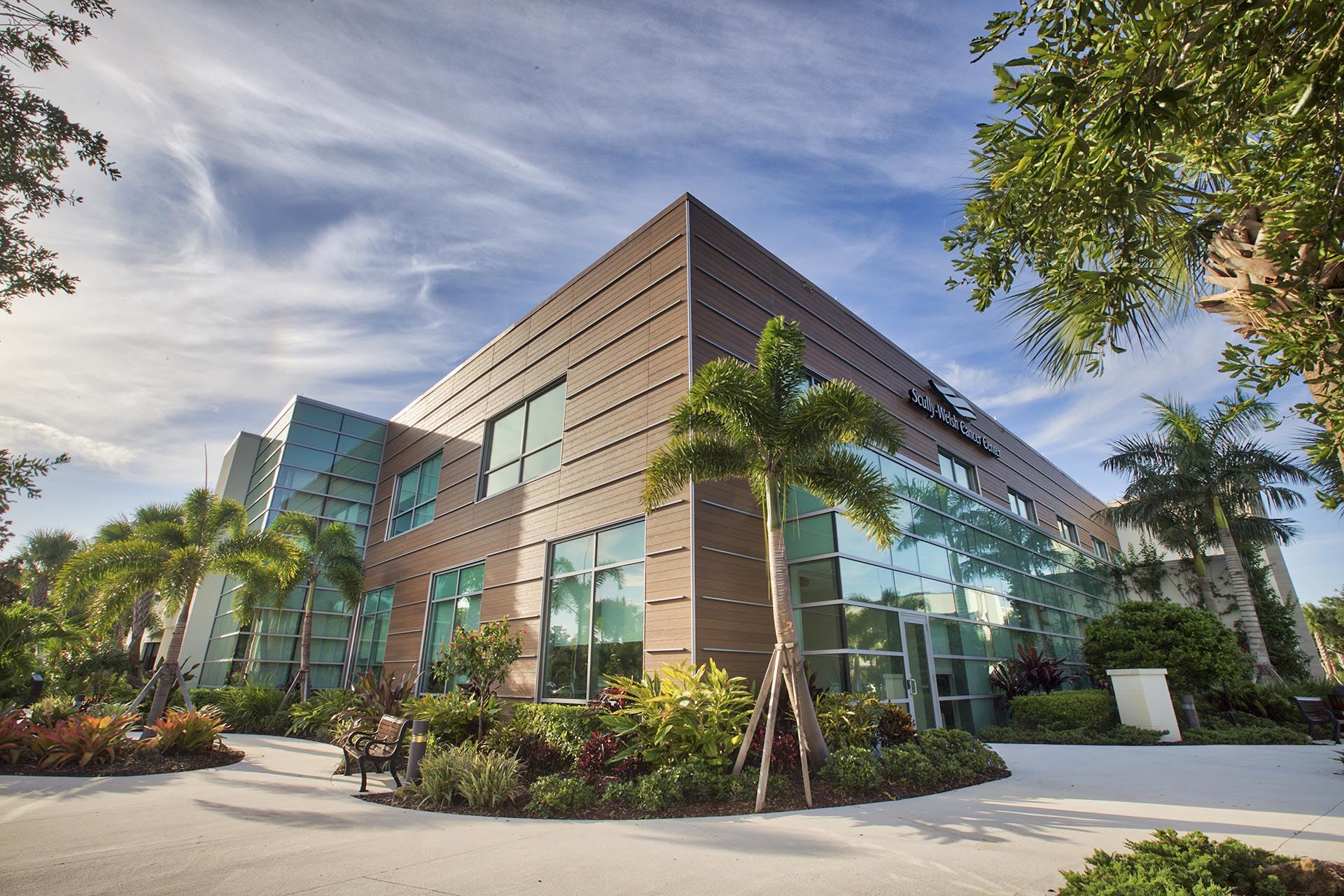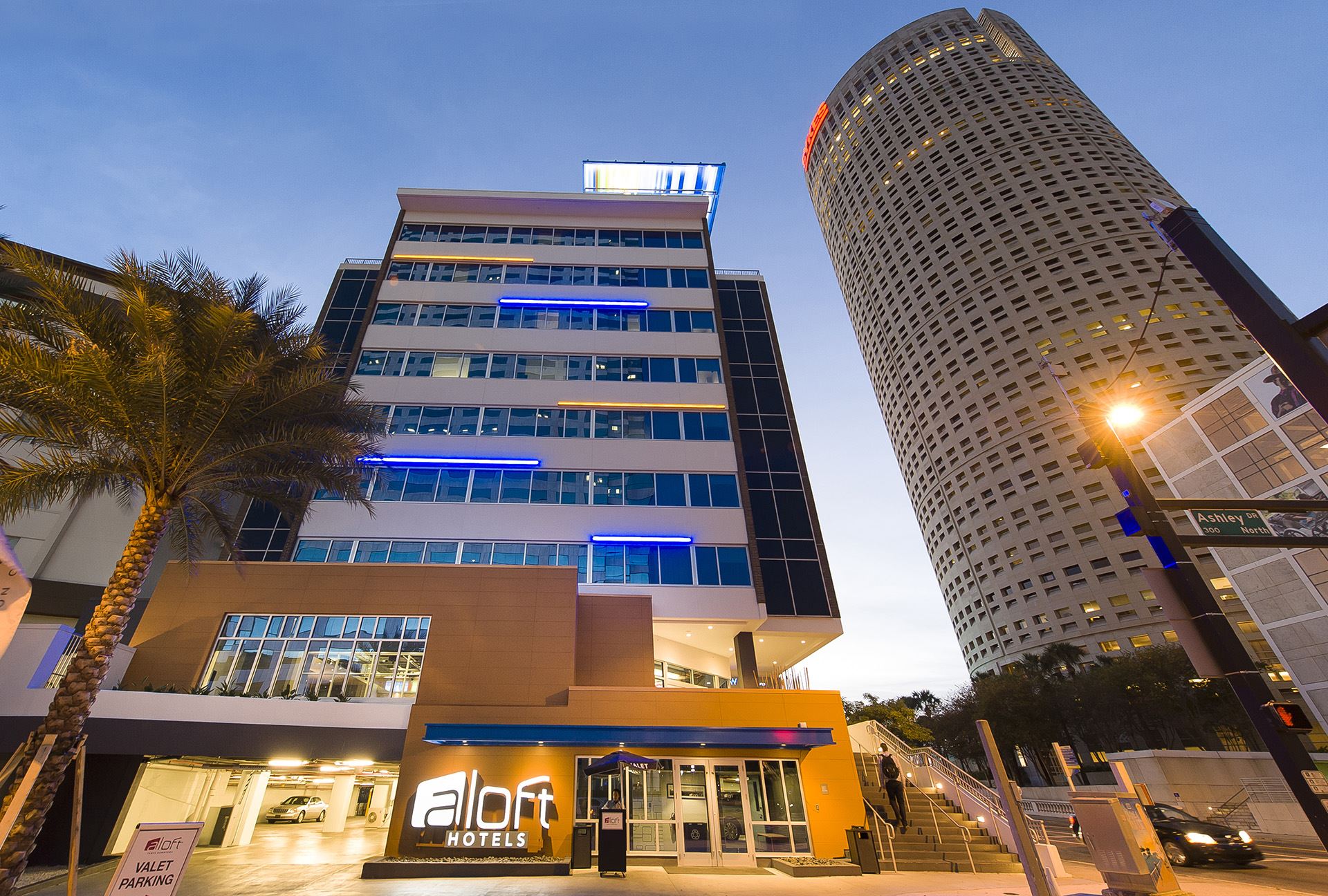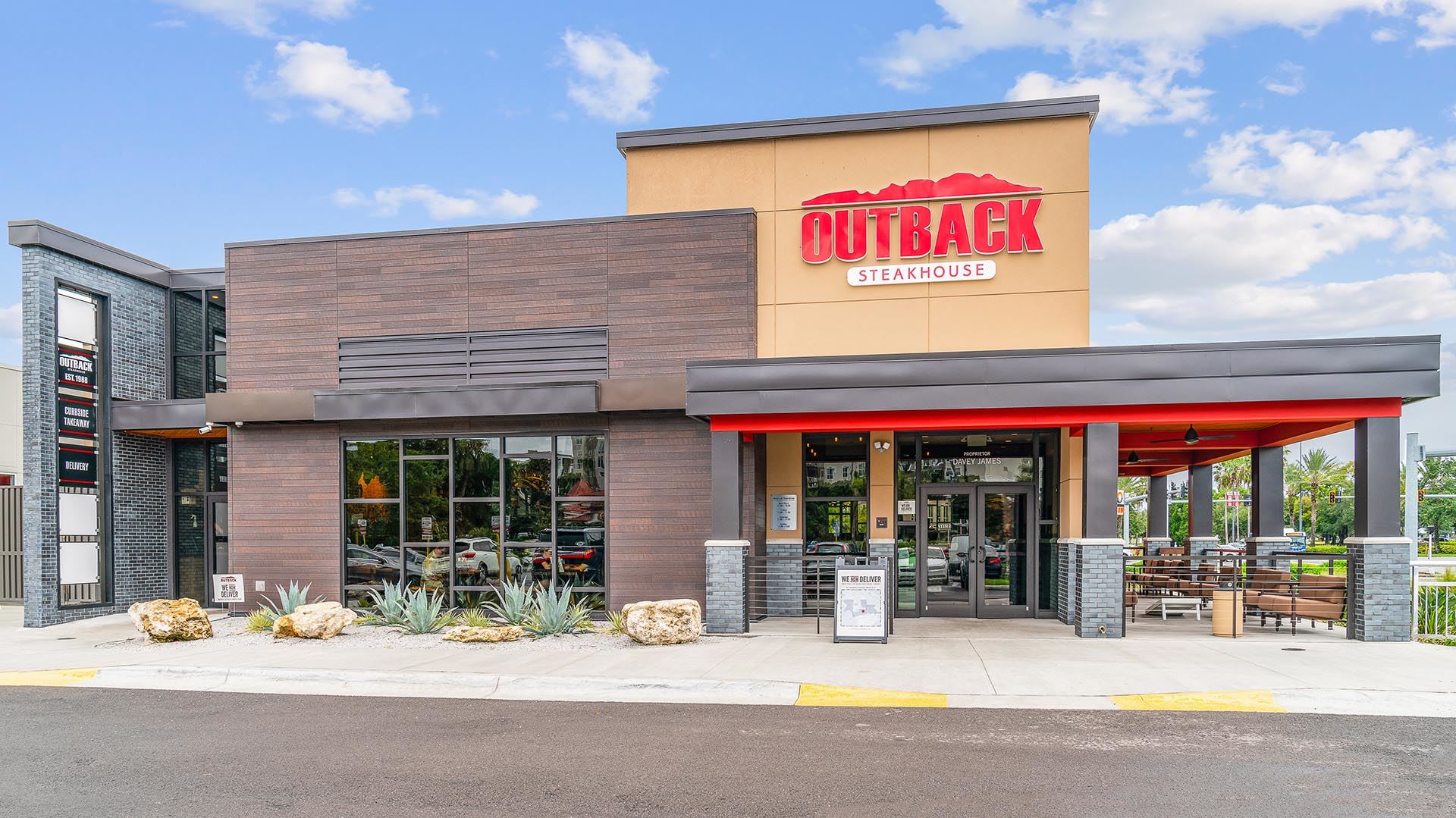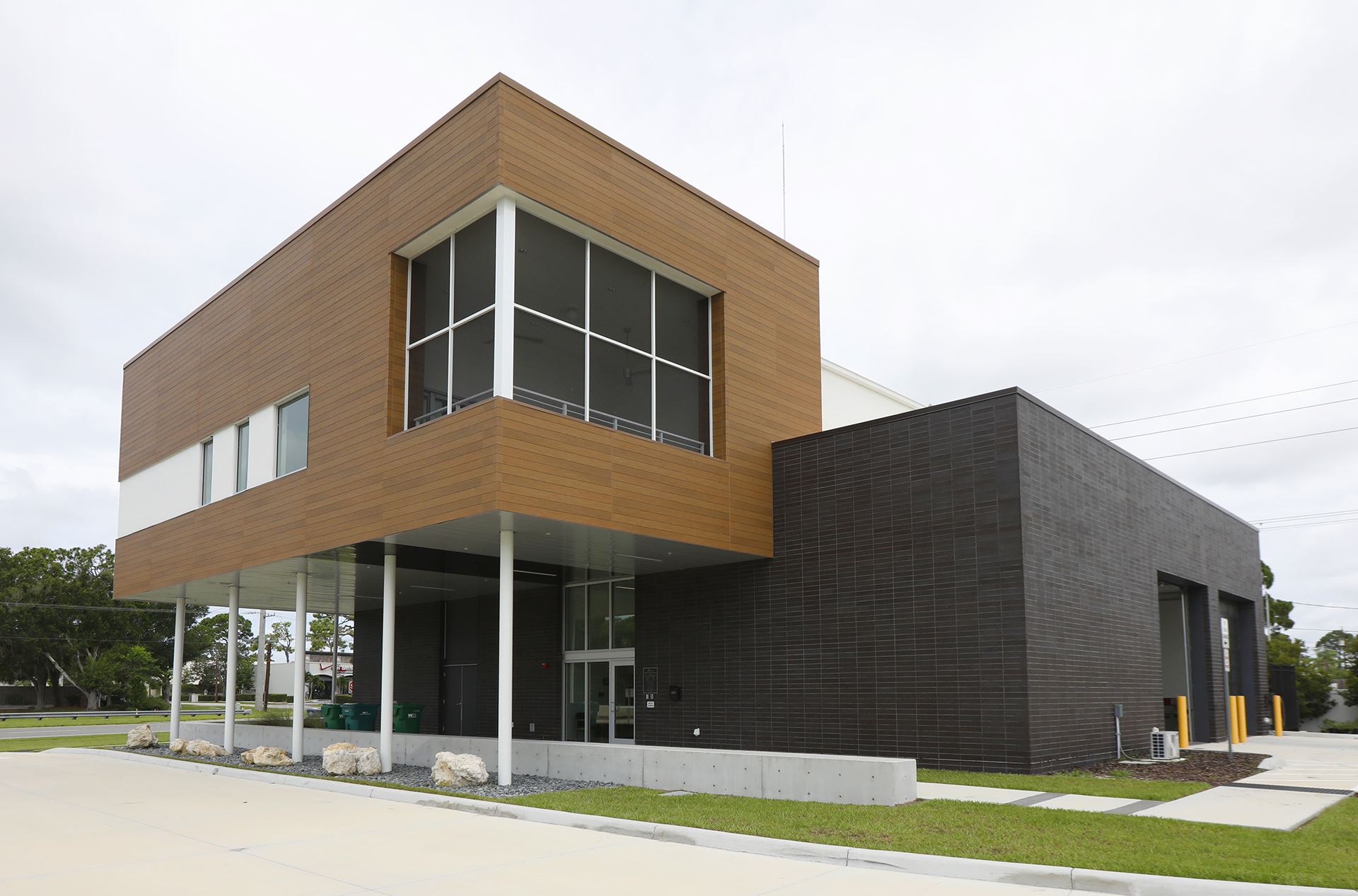How To Get Started...
Get inspiration for your next residential project. From traditional to modern, our look book is filled with the latest trends and styles to build your dream home.

For years, architects designing commercial buildings in Florida have naturally turned to stucco for its high availability and historically low costs. Stucco has been used to shape Target and Walmart stores, health clinics and condominium complexes across the state.
While it's true that stucco was the only game in town when building designers were looking for low-cost cladding options, that's no longer the case with the steady evolution of more durable, weather-resilient and cost-competitive architectural wall panels manufactured with fiber cement.
Moreover, now that Nichiha’s architectural wall panels meet Florida’s stringent building codes, architects in the state have a new, cost-competitive option that will help you achieve nearly any design aesthetic or urban trend. Through advanced manufacturing techniques and engineering, fiber cement can emulate any building material: wood, brick, concrete, masonry and more.
Although not as flexible as architectural wall panels in emulating other building materials, stucco can also be shaped and painted by installers to copy the look of some materials. Yes, stucco lasts a long time — 50 years or more — it just requires a lot of maintenance (and expense) to maintain its appearance and durability.

Stucco used to have a considerable cost advantage over fiber cement, but no longer. In recent years the cost gap has closed significantly: $12–$13 per square foot for architectural wall panels vs. $10 per square foot for stucco. However, when you consider the cost of painting stucco, which is necessary, the two materials are nearly identical in costs.
In the hot, wet and sun-drenched environment of Florida, buildings take a severe beating over time. Warranties are critical for guaranteeing materials meet performance standards over the years. Nichiha's standard warranty on its architectural wall panels is 15 years; Stucco is typically warranted for around seven years. However, to understand the actual differences between warranties, it pays to read the fine print.
For instance, if you choose to paint stucco it reduces the warranty length. And at the same time, painting also degrades the material's ability to repel water and withstand severe weather. In contrast, architectural wall panels never require repainting.
Stucco warranties are also highly dependent upon how the material is installed. For instance, if the thickness doesn't comply with manufacturer specs, the warranty can be voided. Additionally, wood sheathing applications requires additional layers, which further complicates stucco installation processes.
Get inspiration for your next residential project. From traditional to modern, our look book is filled with the latest trends and styles to build your dream home. 
How To Get Started...
In some geographies, good stucco installers may be hard to come by because it takes a fair amount of experience to hone the craft. Indeed, it's more challenging to apply a stucco finish and achieve consistent appearance and quality throughout the project. Since there is wide variance with stucco finishes, it leads to settling and cracking over time, regardless of who did the work.
Conversely, with fiber cement, installation is less labor-intensive and not as dependent on an individual's skill level, and doesn't crack through settling.
Also, keep in mind, once you install Nichiha's wall panels, your crew won't have to return. That's not the case with stucco, which requires many trips to the job site by a team until they finish everything.

In Florida, humidity and precipitation are the enemies of all commercial buildings. The surface area of most stucco buildings will blister, crack and peel over time. This weather erosion of the surface means facilities managers spend a lot of time repainting surfaces.
On the other hand, fiber cement building materials are easier and less expensive to maintain than stucco. This resilient siding doesn't crack, or chip and colors don't degrade over time. It's one of the longest-lasting siding materials available today.
Unfortunately, Florida's rain and unrelenting humidity have a damaging effect on stucco. Rain softens stucco, and cracks appear where moisture can penetrate and eat away at a building's foundation or around its windows. Trapped water in stucco building walls, which can result in mold and rot, has led to several lawsuits over the years.
By contrast, fiber cement panels use engineered rainscreens to keep moisture out.

For Florida commercial architects looking for more cost-effective yet durable alternatives to stucco, Nichiha's fiber cement architectural wall panels offer the best of two worlds: a modern engineered system that's available in hundreds of colors and designs, yet rugged enough to stand up to the country's most extreme weather.
Want to learn more? Download our free e-book to learn how Nichiha’s architectural wall panels stand up to the toughest weather conditions.